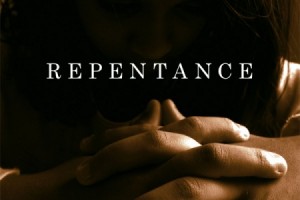Question
Dear Gramps,
Why does Easter move if it is meant to be the rebirth of Jesus?
Patricia
Answer
Dear Patricia,
You ask a very complicated question that was a subject of controversy from the early years following the Savior’s resurrection until the matter was settled by Constantine at the Council of Nicea in 325AD. The Savior was resurrected on a Sunday, which also was the day of the Jewish Passover that year. The Jews use a lunar calendar, Passover occurrs on the 14th day following the new moon of the month Nisan, which is the date of the full moon. Others wanted to use the solar calendar and celebrate the day of the week on which Jesus rose from the dead, which was a Sunday. These two dates coincide only rarely, so two different groups were celebrating Easter on two different days. Constantine solved the problem in the following way: the decision was made to establish Easter on the first Sunday after the full moon after the vernal equinox (March 21). This solution satisfied both sides, those wanting to celebrate Easter on a Sunday and those wanting to celebrate Easter on a full moon (or close to it) such as when Jesus resurrected.
So the earliest date for Easter would be March 22, the day after the vernal equinox; and the last date for Easter would April 25–the longest date after the vernal equinox for a full moon to appear, i.e. 28 days, plus the maximum seven days from that date to the next Sunday, a total of 35 days.
Another of Constantine’s objectives in the council of Nicea was to unify the two opposing factions of pagans and Christians. So he honored the Christian holidays, but gave them pagan names. Since the Savior’s resurrection was dated from the vernal equinox, he called it eastre, which was the ancient name for spring. It was also the name of the Teutonic dawn goddess of fertility, variously known as Ostare, Ostara, Ostern, Eostra, Eostre, Eostur, Eastra, Eastur, Austron and Ausos; as well the name Eostre (a.k.a. Eastre) who was the Great Mother Goddess of the Saxon people in Northern Europe.
Gramps







